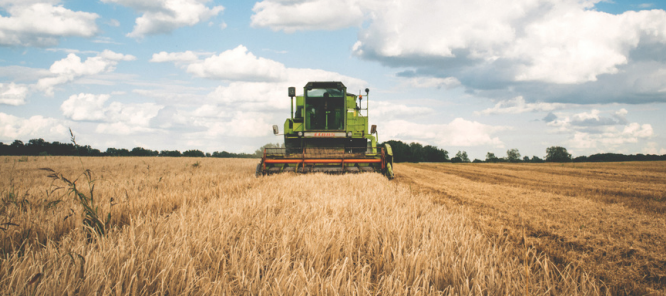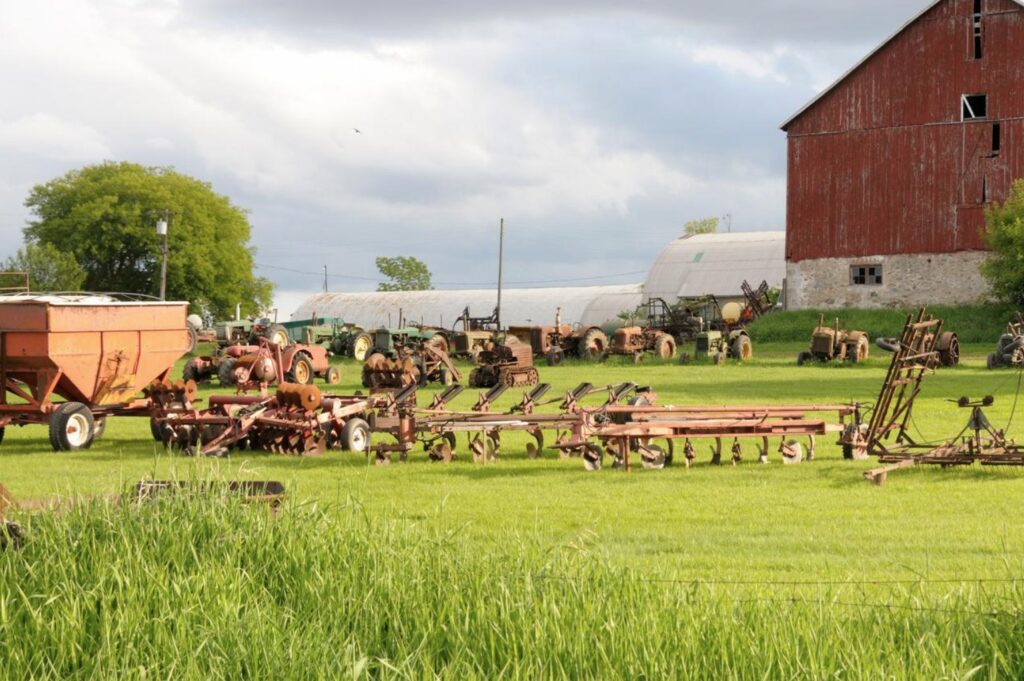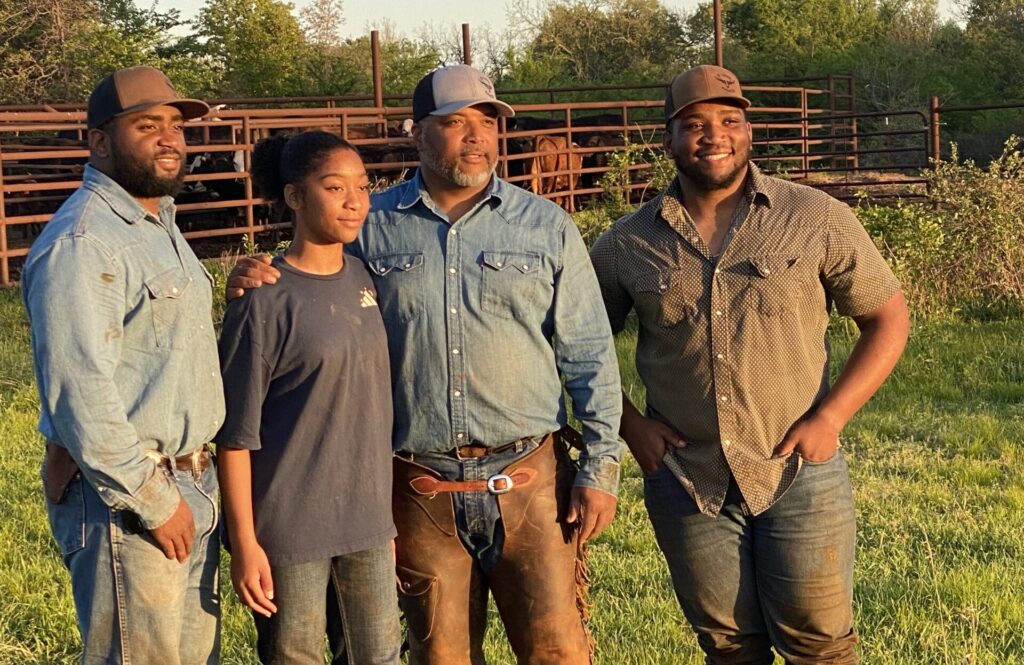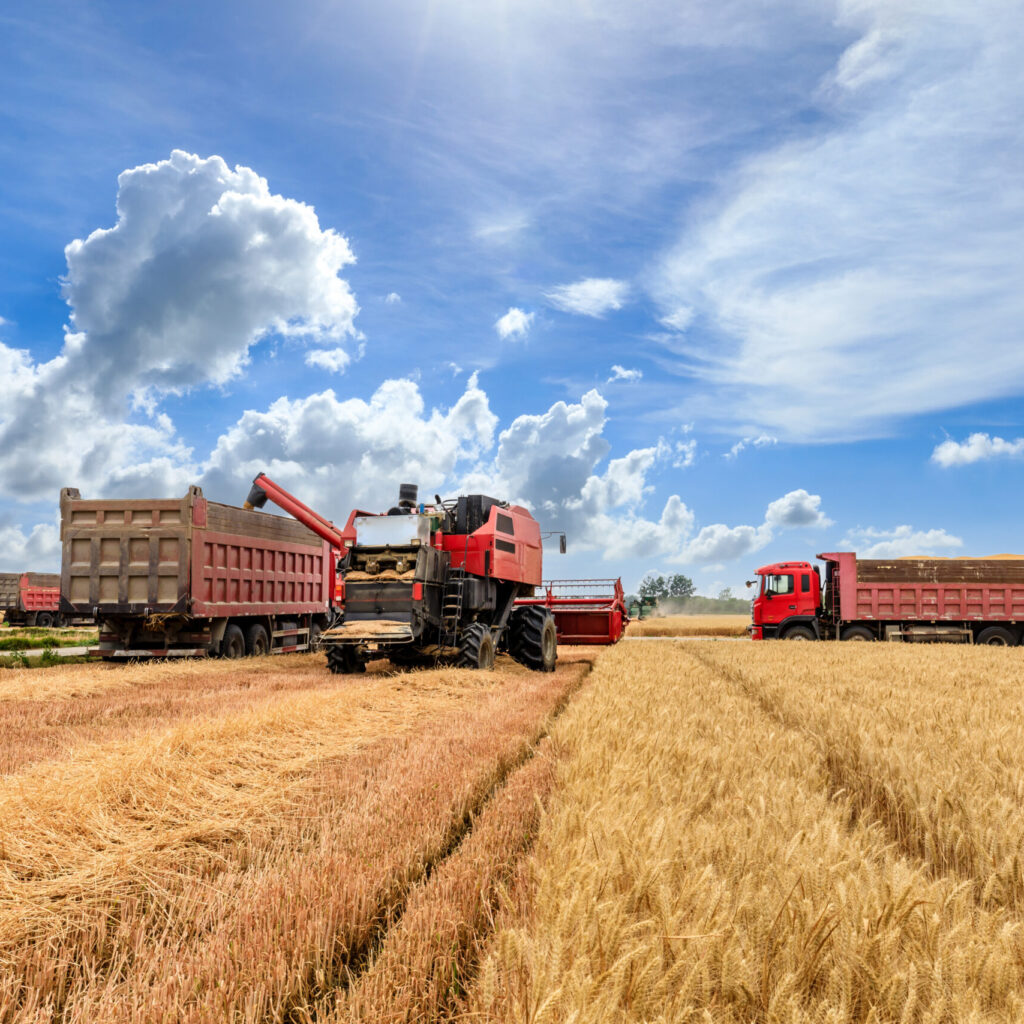Succession planning can be difficult for some farm owners and the task can be even more daunting when there is no clear successor to take over the family farm. However, a farmer without a successor should still prioritize the successful transfer of farm ownership.
Several considerations, such as using a trusted team of professionals, planning early, and thinking of the plan long-term, remain the same when succession planning with or without a family successor in mind. This article highlights suggestions a farmer can use to make planning a bit easier if a family successor cannot be identified.
1. Transfer ownership to a new and beginning farmer.
An option farmers may consider when thinking of a succession planning strategy is transferring ownership to a new and beginning farmer. According to a survey conducted in Michigan, a small proportion of farmers without a successor were willing to impart farming expertise to new and beginning farmers. This transfer of knowledge included participating in mentorship apprentice programs that engage beginning farmers in or outside of the family. This opportunity allows farmers to share the knowledge they’ve obtained through on-farm experience with new farmers. It also allows the farmer to ensure that the new tenant has the capability and passion to run the farm.
2. Leasing land and other assets to tenants
Access to land is one of the most difficult barriers to entry for young farmers seeking to enter the agriculture industry. According to a 2022 survey completed by the National Young Farmer Coalition, 59 percent of young farmers said that finding affordable farmland was either very or extremely challenging. Additionally, land prices have reached record highs this year. Higher real estate values are suitable for farmers who currently own land and have intentions to sell, but that is not the case for new and beginning farmers who can’t afford to make land purchases given current prices per acre, higher interest rates, and limited access to capital.
Leasing land and other assets like equipment to tenants is an option that includes benefits for both the farmer and the tenant. It provides the farm owner an opportunity to have added income during retirement years while being relieved of production and marketing decisions. It also gives the tenant an affordable way to operate the farm which can be used as a “trial period” without long-term commitments. If the farmer is a new or beginning farmer, leasing land allows the tenant to have first-hand experience of farm ownership and helps to determine if farming is a career they want to pursue. Leasing the farm to a tenant can also spark conversations for future lease-to-own opportunities.
3. Donate the farm to a land trust.
Land trusts are legal entities created to preserve and protect land from the threat of development. These organizations ensure the land maintains its natural qualities and remains available for farming or other conservation uses. Donating a farm to a land trust is a great way to ensure a farm’s legacy continues and provides an affordable way for farmers to obtain farmland. Donating a farm to a land trust offers valuable tax advantages in the form of tax deductions, estate tax benefits, and exemption from capital gains tax if the farm is sold.
If a farmer is considering donating their farm to a land trust, they must discuss this approach with their succession team, reviewing how the donation process works, the types of donations that can be made, and what benefits they may be entitled to. Click here to learn about the different types of land trusts available near you.
4. Sell the farm.
If a farmer is unable to use the succession strategies listed above, an alternative option is to sell the farm. Selling the farm will result in an immediate return on their investment and relinquish them from the responsibility of ownership altogether. The profit a farmer makes from selling their farm can also be used for other investment opportunities during their retirement years.
While selling a farm may be the best choice given the financial strategy and retirement goals of the farmer, it provides an opportunity for anyone – individual or corporate investor – to purchase the farm. This opens the door for investment opportunities led by developers to convert land to non-farm uses like communities, business centers, and other development projects.
While it may be good for the local economy, it contributes to the decline of land ownership among farmers, counteracting the movements made by organizations to preserve and restore farmland. It also requires the seller to pay capital gain taxes on profits made from the sale which could be excessive given the appreciation of land values and depreciation of equipment.
Conclusion
Although this list isn’t exhaustive, it provides farmers with options they may not have considered before; however, it should not be relied on as a replacement for sound legal and financial advice. To ensure that the succession plan is comprehensive and legally sound, it is recommended that a farmer seek professional assistance. Consulting with farm law and finance experts can help ensure that the succession plan considers all relevant factors and is tailored to the individual needs of the farmer and current circumstances.
References and Resources
MSU | The Michigan Farm Succession Study: Findings and Implications
American Farm Bureau Federation | Capital Gains Taxes
National Young Farmers Coalition | 2022 National Young Farmers Survey Report





